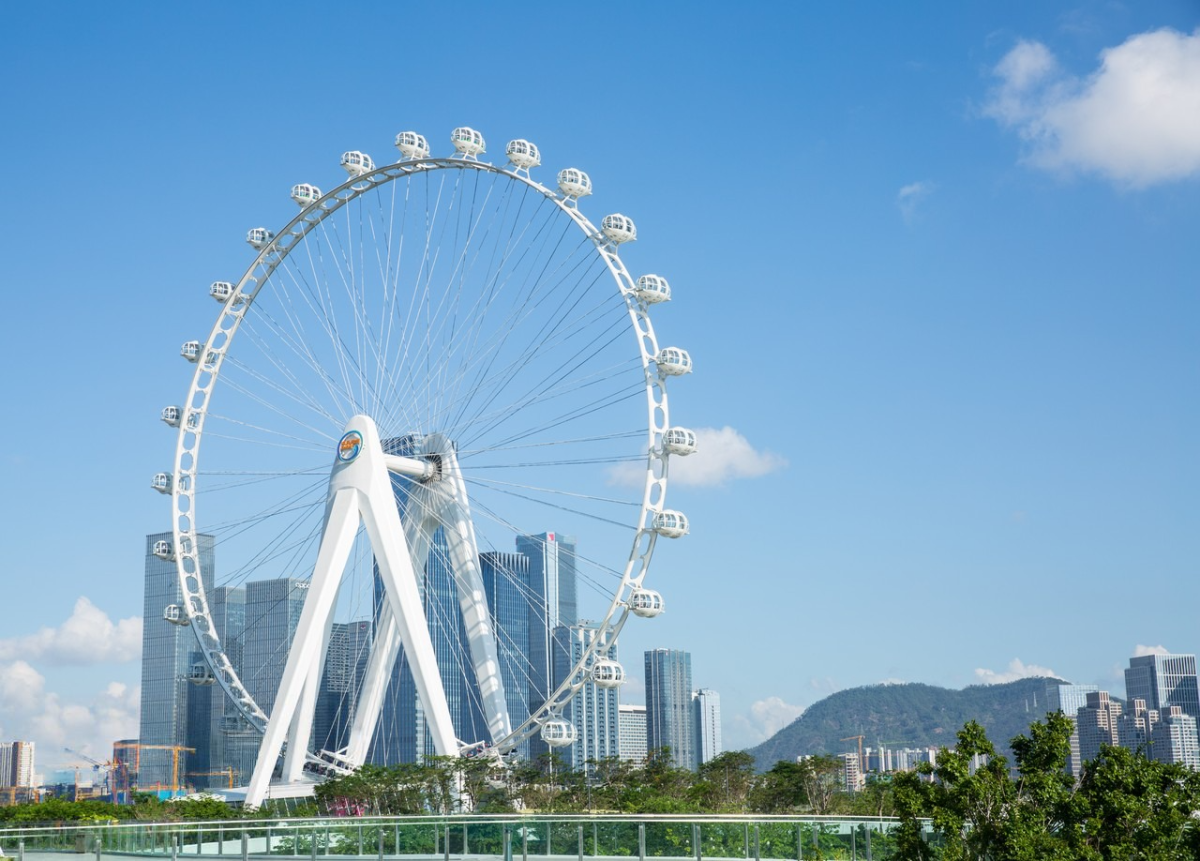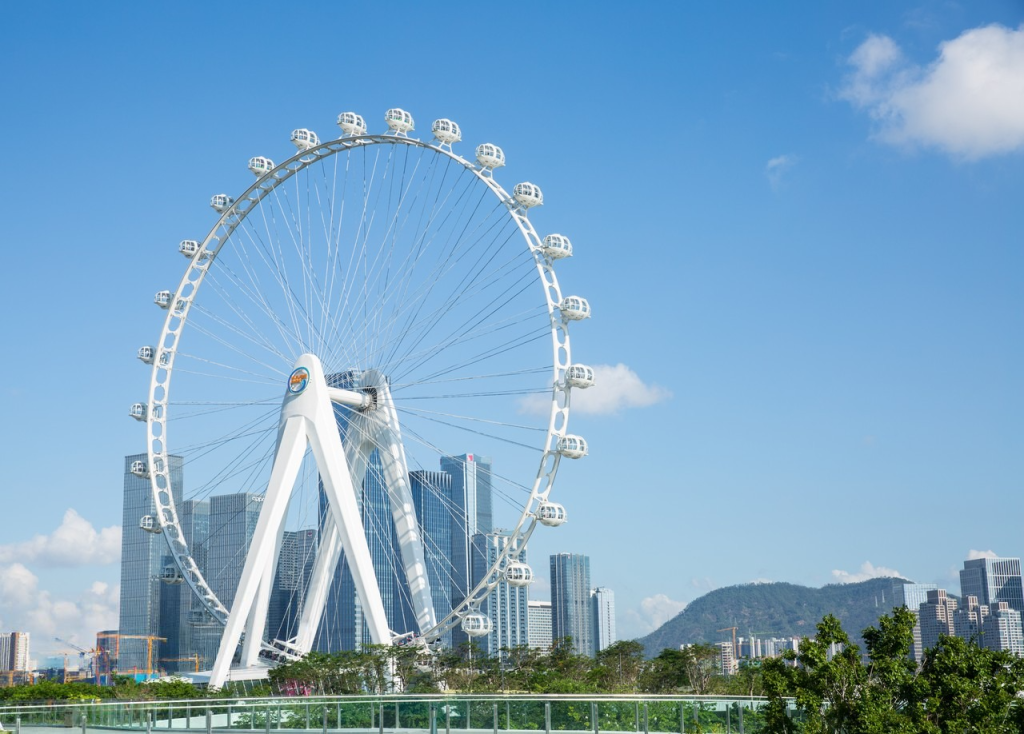In the ever-evolving amusement park industry, where flashy attractions and high-speed experiences dominate marketing campaigns, there’s a quiet but powerful performer that consistently delivers strong revenue and long-term value: the Ferris wheel (аттракцион колесо обозрения). While often overlooked in favor of the latest thrill ride or innovative tower installation, the Ferris wheel holds a unique position as a reliable, cost-effective, and high-throughput asset.
Maximizing Daily Capacity Without Sacrificing Comfort
One of the key advantages of the Ferris wheel lies in its efficiency. Despite its relaxed and scenic nature, a well-designed Ferris wheel can accommodate hundreds, if not thousands, of guests daily. With loading systems that allow for simultaneous boarding and unboarding, the ride minimizes downtime and keeps the line moving.
Each rotation cycle is relatively short—typically lasting between 5 to 10 minutes. This allows operators to serve a high volume of visitors over the course of a single operating day. Compared to certain thrill ride (экстремальный аттракцион) setups that require extended safety checks or guest preparation, Ferris wheels offer a more continuous flow of guest traffic.
This operational consistency translates directly into profit. The quicker the turnover, the higher the daily revenue potential. For park managers looking for steady, scalable return on investment, this aspect makes the Ferris wheel a standout contender.
Low Operational Overhead With Long Lifespan
While high-adrenaline attractions like roller coasters or the swing tower ride (аттракцион седьмое небо) draw attention with their intensity, they often come with increased costs. These include not only higher energy consumption but also greater mechanical wear and tear, complex control systems, and rigorous inspection requirements.
Ferris wheels, by contrast, are mechanically simpler. Their movement is smooth and predictable, placing less stress on components and reducing the frequency of breakdowns. Routine maintenance is relatively straightforward, and spare parts are more affordable than those for large-scale thrill rides.
Furthermore, Ferris wheels are built to last. With proper care, many remain operational for decades, even in outdoor environments exposed to weather. This durability gives park operators a long horizon for return on investment, especially when compared to trend-driven rides that may lose popularity after a few seasons.
Enhancing Revenue Through Strategic Placement
Beyond ticket sales, the Ferris wheel offers indirect revenue opportunities. Its towering structure naturally becomes a visual landmark, making it an ideal location around which to position other commercial elements. Food stands, photo booths, souvenir kiosks, and games of chance all perform better when they are within the orbit of a high-traffic ride (цены на аттракционы).
Additionally, the Ferris wheel’s unique aesthetic appeal makes it an Instagram-worthy backdrop. Social media-friendly moments encourage free publicity as visitors post about their experiences, adding marketing value without additional cost.
The Economic Appeal of Universal Accessibility
Unlike rides that exclude certain age groups or those with health concerns, the Ferris wheel appeals to a broad demographic. This inclusivity results in higher total participation. Children, seniors, couples, and those avoiding intense thrill rides are all likely candidates.
Its accessibility also makes the Ferris wheel a perfect companion to more extreme attractions like a swing tower ride. While some guests seek adrenaline, others crave calm. Offering both types of experiences ensures a better-balanced guest flow and caters to the full spectrum of visitor preferences.
By diversifying the emotional pace of the park—calming here, exhilarating there—operators can reduce peak-time congestion at more popular thrill rides, while still generating income across all attraction types.
Long-Term Financial Stability in a Competitive Market
In an industry where newness often drives ticket sales, the Ferris wheel stands as a bastion of dependable performance. Its revenue may not spike like a trending thrill ride, but its consistency makes it invaluable for baseline financial planning. Seasonal events, holiday promotions, or even nighttime light displays can be layered onto the Ferris wheel to further boost profitability without requiring significant new capital expenditure.
In contrast, high-tech rides often require software updates, retraining of staff, and intense marketing pushes. The Ferris wheel, however, provides steady value that doesn’t expire with changing tastes. It is this resilience that keeps it relevant—year after year, generation after generation.
Conclusion: The Smart Operator’s Anchor Attraction
While many park owners chase the next big innovation, savvy operators recognize the power of consistency. The Ferris wheel may not dominate the highlight reel of daring stunts or scream-filled loops, but it anchors the park in a way few other rides can. It is a money-maker, a people-mover, and a symbol of joy that transcends age and time.
When combined strategically with headline attractions like the swing tower ride or immersive themed areas, the Ferris wheel helps maintain revenue balance and broaden appeal. For any amusement venue seeking long-term returns with minimal volatility, the Ferris wheel is more than a nostalgic icon—it’s a smart, sustainable business decision.

